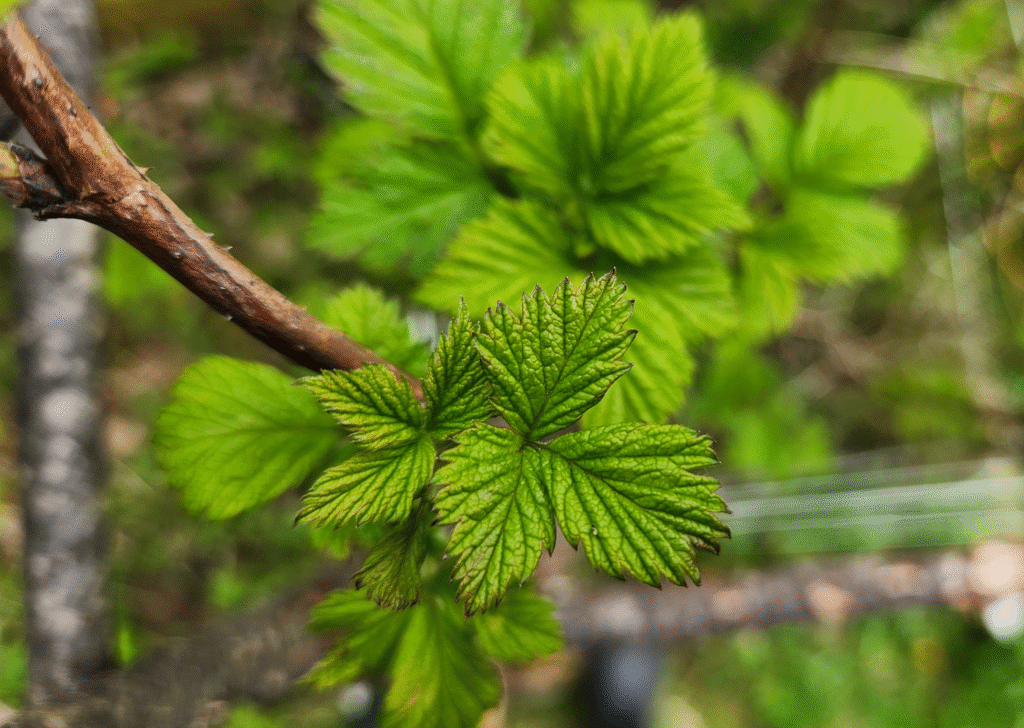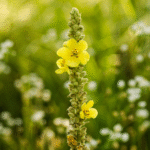Spring is the best time of year – plant buds open, gardening outside slowly begins again. Simple things like pruning raspberry plants or prepping your garden beds for spring are on your daily garden task list. If you’re new or experienced at growing raspberries, it’s important to know how to properly prune your raspberry plants for maximum yields in the upcoming season. Here’s everything you need to know.
This post contains affiliate links. If you use these links to buy something we may earn a commission. Thanks.
What You Need to Know Before Pruning Raspberries
If you’re new to raspberries, you may not be aware but there are many different raspberry varieties. The type that’s commonly found at the grocery store are red summer-bearing raspberries. This is also a commonly found raspberry plant at the nursey – that’s where we got ours! There are two main varieties of raspberry plants called summer-bearing and everbearing.
- Summer-bearing raspberries produce one large crop per year, usually in early to mid-summer, on second-year canes (called floricanes). These canes grow one year, overwinter, and fruit the next.
- Everbearing (fall-bearing) raspberries produce fruit on first-year canes (called primocanes) in late summer to fall. Some also produce a second, smaller fall crop on the lower part of the primocane if the cane is left standing.
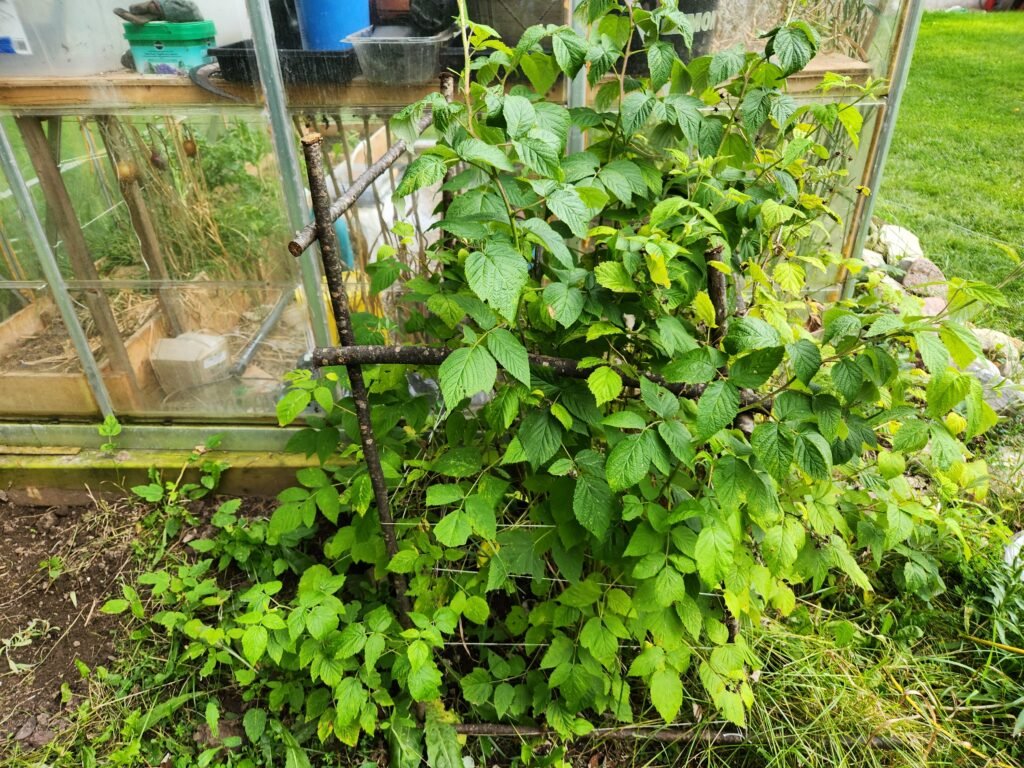
The type of raspberry you have influences the type of of pruning you should be doing for your plant. For example, if you prune an everbearing cane in the spring, you will be removing the primocanes – therefore removing the fruit producing cane that season! This is big error and highlights the importance of knowing your raspberry variety before pruning.
The best time to prune raspberries also depends on your climate zone. In Zone 5B we prune our summer-bearing variety in mid-spring (at the time of this article launch) to see which canes are budding and which are old and dead from last season.
Raspberries – like other plants, are suspectable to disease, that’s why it’s important to use clean sharp garden pruners. Cleaning pruners with an alcohol solution or hot soapy water will avoid any disease transmission.
How to Prune Summer-Bearing Raspberries
When you prune summer-bearing raspberries, it’s important to remember that this variety only fruit on the second-year canes (floricanes). The easiest way to ensure you’re pruning the proper cane is to do this in early-mid spring. In Zone 5B this is early-mid May. The steps are easy.
Remove dead or damaged canes. Again, this is an easy thing to notice. Look for brown, brittle, bare, empty or broken canes. To improve your yield you can thin the remaining canes down to the 4-6 strongest per foot of row.
After harvest season in mid-summer (August for Zone 5B), cut the spent fruit canes all the way down to the ground. Be sure to leave healthy new primocanes for next year’s crop.
If planting in row – keep the row width to 12-18 inches for air flow and sunlight. This is important to help prevent disease from taking root in your crop.

How to Prune Everbearing (Fall-Bearing) Raspberries
Everbearing raspberries can also be tricky because these fruit on first-year canes called primocanes in the late summer to early fall (depending on your zone). If done incorrectly and you cut back the entire primocane, then you won’t get any raspberries that season. Here are the two options for pruning raspberries (everbearing).
Single Crop (Easy Method)
In the fall cut all the raspberry canes to the ground. This will give you one large crop per year. The idea is it’s easier to manage rather than watching how each plant might provide different yields in different seasons. One large crop is easy.
Double Crop (More Work, More Berries)
In the summer after you reaped the fruit, remove only the top portion of each cane (where fruiting occurred). Leave the lower portion of the cane to produce a fall crop. After that harvest, cut it down completely to start over.
Both of these pruning techniques work well – it really will depend on your specific set up and banwidth.
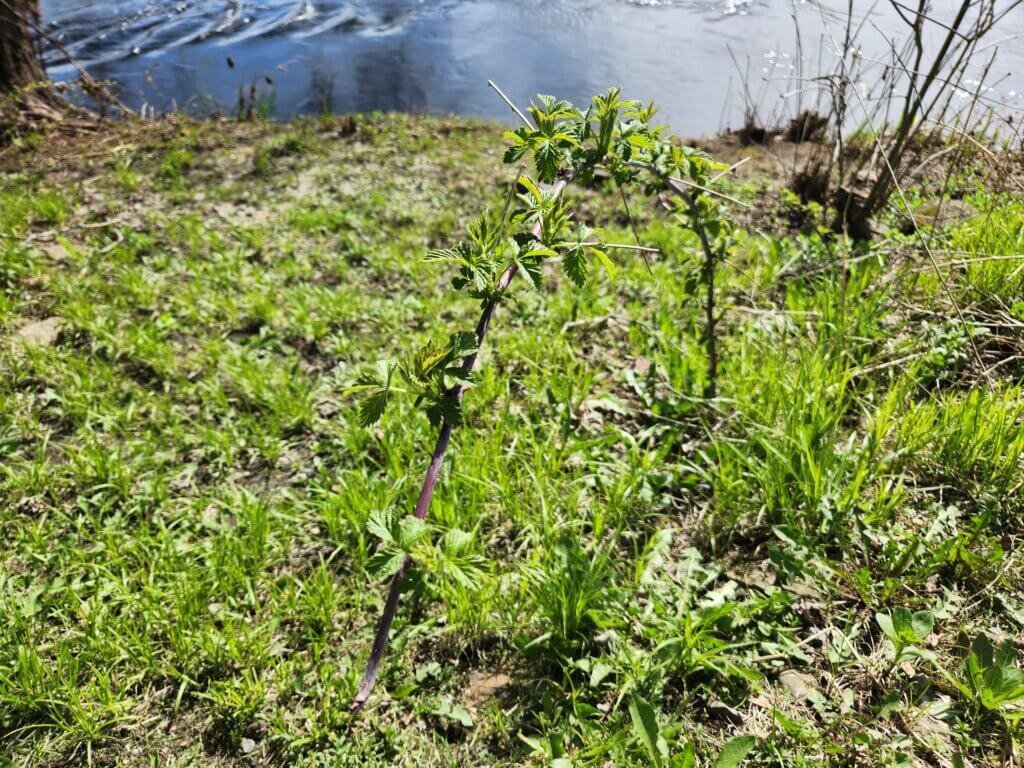
Like What You See? Join Our Monthly Newsletter & Get…
- Access to our latest articles
- Monthly gardening/homesteading tips
- No spammy content!
Fill in our form below!
How to Prune Black and Purple Raspberries
Black and purple raspberries are commonly wild. It’s the biggest wild bunch on our property here. They’re very small and pack a beautiful punch. They’re my preferred raspberry over the everbearing variety.
Black raspberries are a summer variety of raspberries that produce one crop per year and fruit on second year canes (floricanes). This variety grows more like a shrub with walking canes – which is what makes it a wild and invasive variety. Read all about raspberries invasive like tendencies here.
Summer Pruning (Tipping)
After the berries have been harvest and new canes (which will produce berries next season) reach 24-36 inches tall, cut off the top of the branch. Doing this in the summer encourages lateral branching and more fruiting sites the following year.
Later Winter/Early Spring
Cut back any lateral branches to 8-10 inches and thin to 4-5 strong canes per pant. This will help with yield in the summer. Additionally, remove any weak or crossing canes – again this will help with strength and strong berry production.
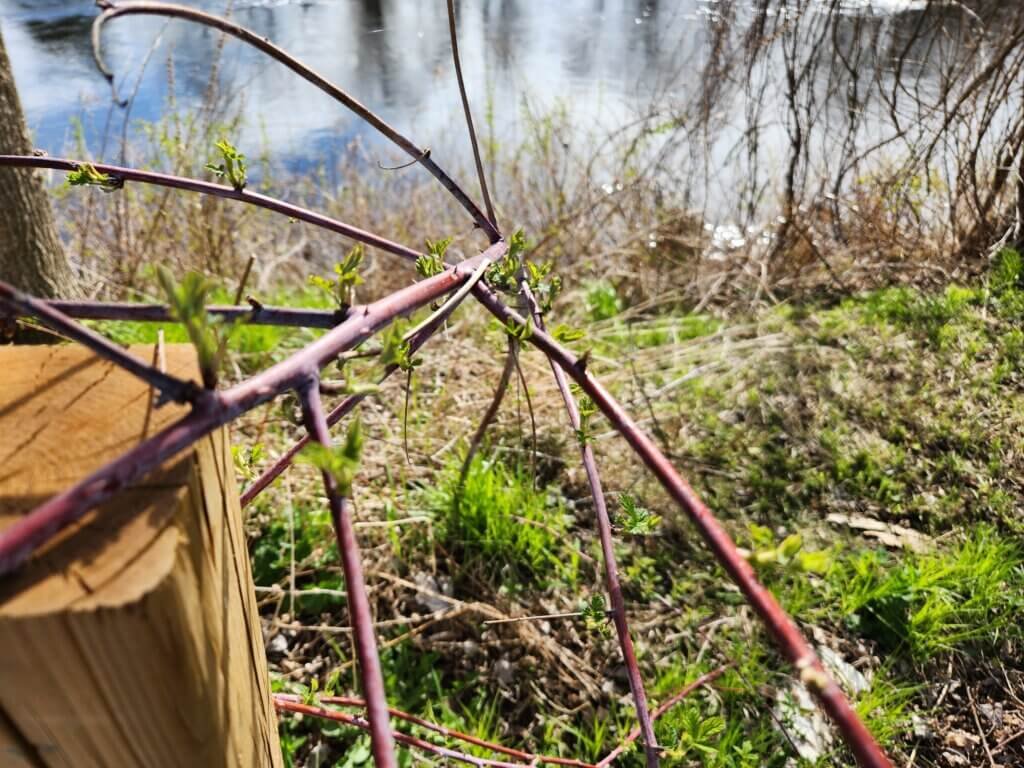
Common Pruning Raspberry Mistakes to Avoid
As alluded to above, there are many mistakes that can be made with pruning raspberries that you need to be aware of otherwise it can cost you your future season’s yield.
Pruning at the Wrong Time
This is the most important part of pruning raspberries – being aware of your variety and pruning it accordingly. As I mentioned above, the summer variety fruit on the 2nd year canes, and if you think your variety is fall when it’s actually summer, then you might accidently cut down a 2nd year cane and not get any fruit that season. Know your variety and prune at the right time for it!
Leaving Old Growth
Like any type of plant, if you don’t cut back any old growth, dead leaves, etc it can increase the risk of fungal diseases. The diseases such as powderly mildew, spur blight and many more.
Overcrowding Canes
Thinning out a plump bush can be hard, believe me, I know. I struggle with this year after year. However, thinning and pruning is essentail to healthy, fruiting plants. By not thinning out your plant it can lead to poor airflow, pests and diseases as mentioned above. Don’t be afriad to be aggressive at pruning. The first year of thinning out is hard, but once you gain your confidence and learn from your mistakes, you’ll feel better about it. You might still be a little hesistent in the future, but you will start to realize it’s better for your plants.
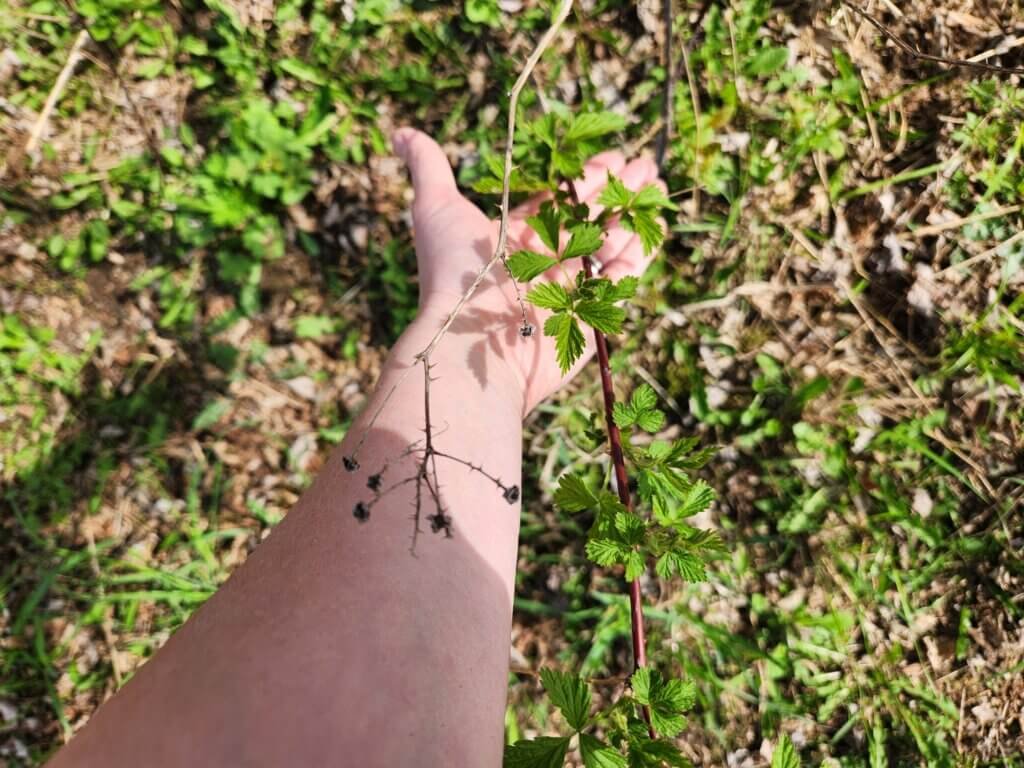
The Best Tools and Supplies for Pruning Raspberries
Like many gardeners I like to utilize tools to help get the job done efficiently and with little headaches. When it comes to pruning raspberries there are a few key items I like to have on hand.
- garden pruners – specifically these bypass pruners for clean cuts (bypass pruners have two blades meeting in the center for better cutting). Anvil pruners have one blade meeting a flat anvil.
- Gloves with good grip (especially for thorny varieties).
- garden fork to turn up the soil around the plants and remove weeds
- Mulch (organic only!) to cover the cleaned ground (learn all about mulching best practices here).
- Rubbing alcohol or a bleach solution for sanitizing blades between plants.
- Compost bin for old stems or burn pile for removed canes that are diseased. Do not mulch diseased material! This will affect the entire compost bin and therefore ruin your compost!

TLDR; Pruning Raspberries
Pruning raspberries might seem intimidating at first, but once you understand the needs of your specific variety—whether summer-bearing, everbearing, or black raspberries—it becomes a simple and rewarding part of your garden routine. Proper pruning not only boosts your harvest but also keeps your plants healthy, disease-free, and manageable year after year. With the right tools, timing, and technique, your raspberry patch will thrive season after season.
I hope you enjoyed this article on pruning raspberries! If you did make sure you check out the other raspberry articles here:
- Raspberries vs Strawberries: Which is the Better Fruit to Grow
- Are Raspberries Invasive? The Answer Might Surprise You
We also have plently of growing guides, seed saving guides and our recipes. We are growing our website with more articles all the time, and we invite you to grow with us. If you have any questions about dandelions or would like to share some of your knowledge with us please leave a comment below. Happy Gardening!

